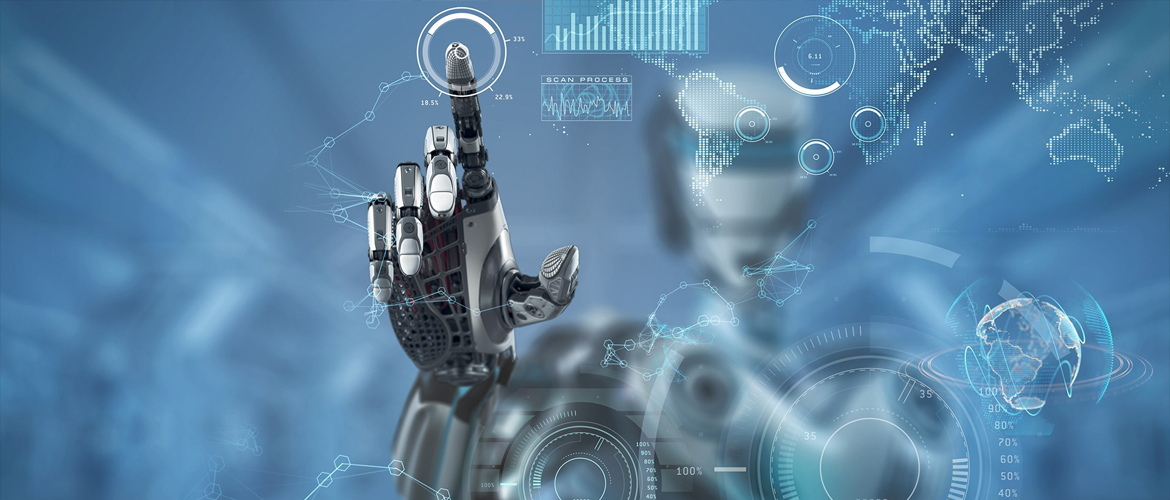Robotic Process Automation (RPA)
25
Oct

Robotic Process Automation (RPA)
The use of specialized computer programs, i.e. software robots or bots, to motorize and systematize repeatable business processes, is known as Robotic Process Automation (RPA). It enables business professionals to configure software robots to automate repetitive, routine work between multiple systems. These bots use artificial intelligence and machine learning capabilities to handle high volume, repeatable tasks that earlier required human assistance. These tasks an include queries, calculations, and maintenance of records and transactions.
In a very colloquial dialect we can say that RPA technology consists of bots that can imitate the manual labour. It can log into applications, enter data, calculate and complete task and then log out.
In the present time RPA technology is divided into three broad categories, namely:
- Probots - bots that follow simple, repeatable rules to process data
- Knowbots – bots that search the internet to gather and store user specified information
- Chatbots – bots that respond to customer queries in real time
How is RPA different from AI?
RPA refers to the use of preconfigured software instance that uses business rules and predefined activity choreography to complete the autonomous execution of a combination of processes, activities, transactions, and tasks in one or more unrelated software systems to deliver a result or service with human exception management. On the other hand, artificial intelligence (AI) is the combination of cognitive automation, machine learning (ML), reasoning, hypothesis generation and analysis, natural language processing and intentional algorithm mutation producing insights and analytics at or above human capability.
In a more simpler sense RPA can be thought of as a software robot that mimics human actions, whereas, AI is concerned with the simulation of human intelligence by machines.